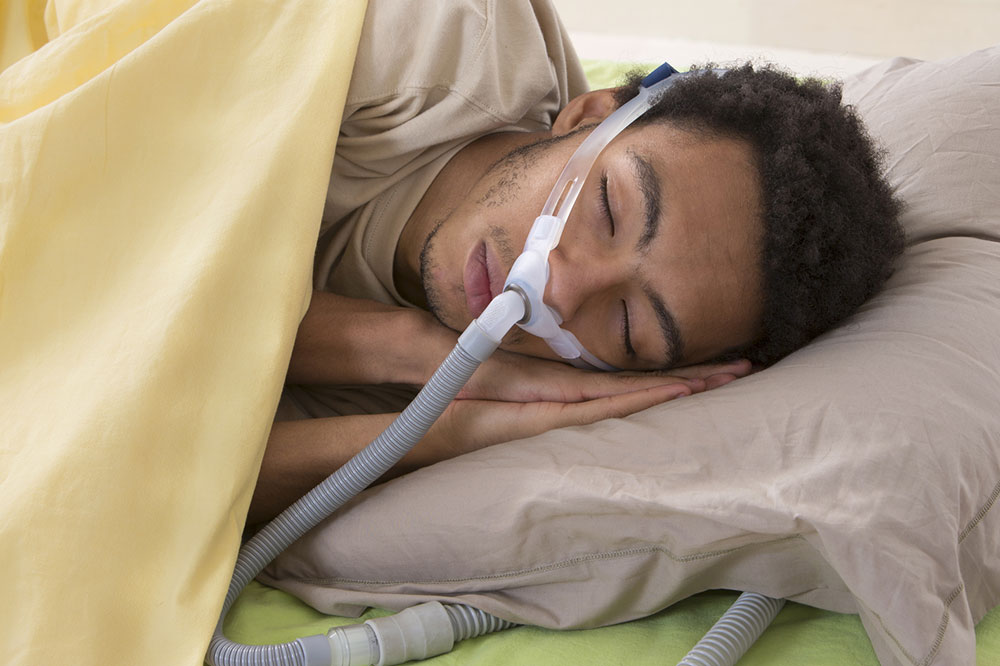
Sleep Apnea – Types and Risk Factors
Sleep apnea is a health disorder that makes it hard for a person to breathe while asleep. This is why patients wake up multiple times during the night. But why does this happen? And are there any symptoms? In this article, we shall discuss the types and risk factors of sleep apnea to help you understand what to expect if you have the condition.
Sleep apnea types
There are three kinds of this condition – obstructive, central, and mixed – that can disrupt your sleep. You can get an idea regarding which type you may have from the below list:
1. Obstructive sleep apnea
This is the most common sleep apnea type. It occurs when a person’s airways get blocked, obstructing oxygen supply to the lungs. Sadly, most patients ignore the condition and continue to suffer. When left untreated, obstructive sleep apnea can worsen. There are three stages to it:
- Mild: five to 14 interrupted breathing episodes every hour
- Moderate: 15 to 30 times every hour
- Advanced: over 30 instances of breathing trouble every hour
Common symptoms of obstructive sleep apnea include loud snoring, morning headaches, sleep interruptions, tiredness, agitation, and even depression.
2. Central sleep apnea
If you develop central sleep apnea, your brain momentarily fails to send signals to your breathing muscles, resulting in a lack of breath during sleep. It is more like a mechanical issue with your brain. Common signs include daytime sleepiness, breading issues, difficulty focusing, irregular sleep, chronic weakness, and mood swings.
3. Mixed sleep apnea
Sometimes you may develop both central and obstructive sleep apnea, resulting in mixed symptoms. It mostly happens to patients who use the CPAP machine to open the airways while treating obstructive sleep apnea. Although the airways become free, patients continue to have breathing difficulty, and the symptoms now move towards central sleep apnea.
Risk factors for sleep apnea
Sleep apnea can develop due to multiple factors. Below is a list of its risk factors that you should try to avoid:
1. Obesity
It is one of the common causes of sleep apnea. Excess fat in the upper body around the respiratory tract can exert pressure on the airways, obstructing airflow. Hence, it is always best to maintain the right body weight to avoid this condition and also a range of other health issues.
2. Hormonal imbalance
As per research, excessive production of the growth hormone can lead to enlargement of the tongue and thickening of tissues, causing sleep apnea. Besides, insufficient production of the thyroid hormone can also trigger the condition.
3. Large tonsils or neck
People who have abnormally enlarged tonsils stand a higher chance of developing the disease. They are more likely to have obstructive sleep apnea. In addition, people with a large neck size are also at risk.
Now that you know about the different types and risk factors of sleep apnea, try to be mindful of its signs. If you are currently suffering from any symptoms, consult a doctor without delay.



